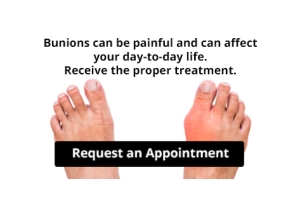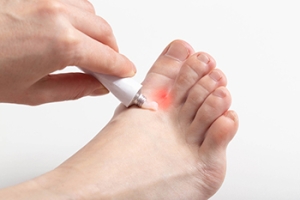-
April 2025
-
March 2025
-
February 2025
-
January 2025
-
December 2024
-
November 2024
-
October 2024
-
September 2024
-
August 2024
-
July 2024
-
June 2024
-
May 2024
-
April 2024
-
March 2024
-
February 2024
-
January 2024
-
December 2023
-
November 2023
-
October 2023
-
September 2023
-
August 2023
-
July 2023
-
June 2023
-
May 2023
-
April 2023
-
March 2023
-
February 2023
-
January 2023
-
December 2022
-
November 2022
-
October 2022
-
September 2022
-
August 2022
-
July 2022
-
June 2022
-
May 2022
-
April 2022
-
March 2022
-
February 2022
-
January 2022
-
December 2021
-
November 2021
-
October 2021
-
September 2021
-
August 2021
-
July 2021
-
June 2021
-
May 2021
-
April 2021
-
March 2021
-
February 2021
-
January 2021
-
December 2020
-
November 2020
-
October 2020
-
September 2020
-
August 2020
-
July 2020
-
June 2020
-
May 2020
-
April 2020
-
March 2020
-
February 2020
-
January 2020
-
December 2019
-
November 2019
-
October 2019
-
September 2019
- April 2025
- March 2025
- February 2025
- January 2025
- December 2024
- November 2024
- October 2024
- September 2024
- August 2024
- July 2024
- June 2024
- May 2024
- April 2024
- March 2024
- February 2024
- January 2024
- December 2023
- November 2023
- October 2023
- September 2023
- August 2023
- July 2023
- June 2023
- May 2023
- April 2023
- March 2023
- February 2023
- January 2023
- December 2022
- November 2022
- October 2022
- September 2022
- August 2022
- July 2022
- June 2022
- May 2022
- April 2022
- March 2022
- February 2022
- January 2022
- December 2021
- November 2021
- October 2021
- September 2021
- August 2021
- July 2021
- June 2021
- May 2021
- April 2021
- March 2021
- February 2021
- January 2021
- December 2020
- November 2020
- October 2020
- September 2020
- August 2020
- July 2020
- June 2020
- May 2020
- April 2020
- March 2020
- February 2020
- January 2020
- December 2019
- November 2019
- October 2019
- September 2019











